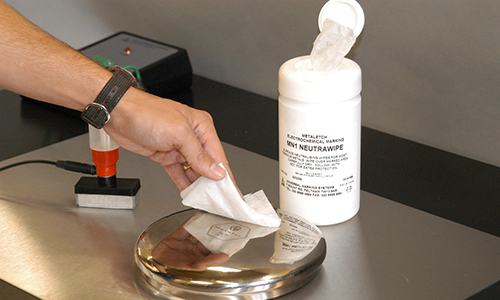Artists continually explore innovative methods to express their visions and create unique masterpieces. One such technique that has gained immense popularity in recent years is chemical etching. This versatile and captivating process allows artists to transform metal surfaces into intricate artworks.
Chemical etching, also known as chemical engraving, is a captivating art form that allows artists to etch intricate designs onto metal surfaces. The chemical etching offers a unique way to create detailed and visually stunning art pieces.
The Origins of Chemical Etching
Chemical etching has a rich history dating back to the Middle Ages. It was originally developed as a technique for decorating armor and weapons. Artists and artisans of that era discovered they could use acid to etch intricate patterns and designs into metal surfaces. Over time, the process evolved and found its way into the world of fine art.
Tools and Materials
You’ll need a few essential tools and materials to get started with chemical etching. These include:
- Metal sheets or plates
- Etching solution (usually an acid or chemical compound)
- Resists (materials used to protect parts of the metal from etching)
- Brushes or applicators
- Safety gear (gloves, goggles, and a well-ventilated workspace)
The Etching Process
The etching process can be broken down into several key steps:
- Preparing the Metal Surface:Before you can etch, cleaning and preparing the metal surface is crucial. This ensures that the resist adheres correctly and that the etching solution works effectively.
- Creating the Design:You must create your design on a metal surface. This can be done by hand or with the help of stencils and templates.

- Applying the Etching Solution:When designing your design, carefully apply the etching solution to the metal. The solution will react with the unprotected areas, etching away the metal and leaving your design behind.
- Rinsing and Finishing:After achieving the desired etching depth, rinse the metal thoroughly to stop the etching process. You can then finish your artwork by polishing and adding any additional details.
Types of Metal for Etching
Chemical etching can be performed on various metals, including copper, brass, zinc, and aluminum. Each metal offers unique characteristics and results, allowing artists to choose the best fit for their projects.
Safety Measures
Safety should always be a top priority when working with chemicals and acids. Ensure you have the necessary safety gear and work in a well-ventilated area to protect yourself from fumes and splashes.
Advantages of Chemical Etching
Chemical etching offers several advantages for artists:
- Precision and fine detail
- Reproducibility for printmaking
- Versatility in creating textures and patterns
- Compatibility with various metals




